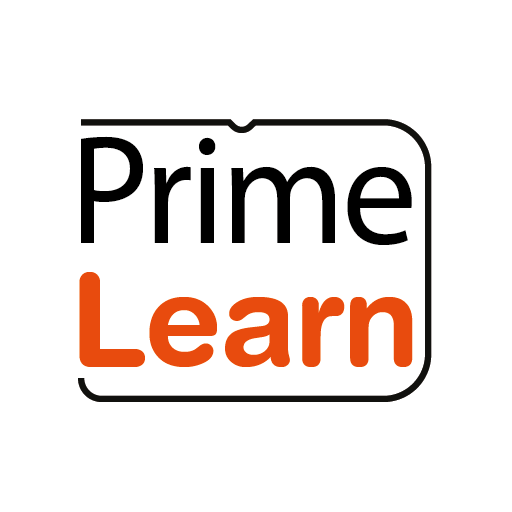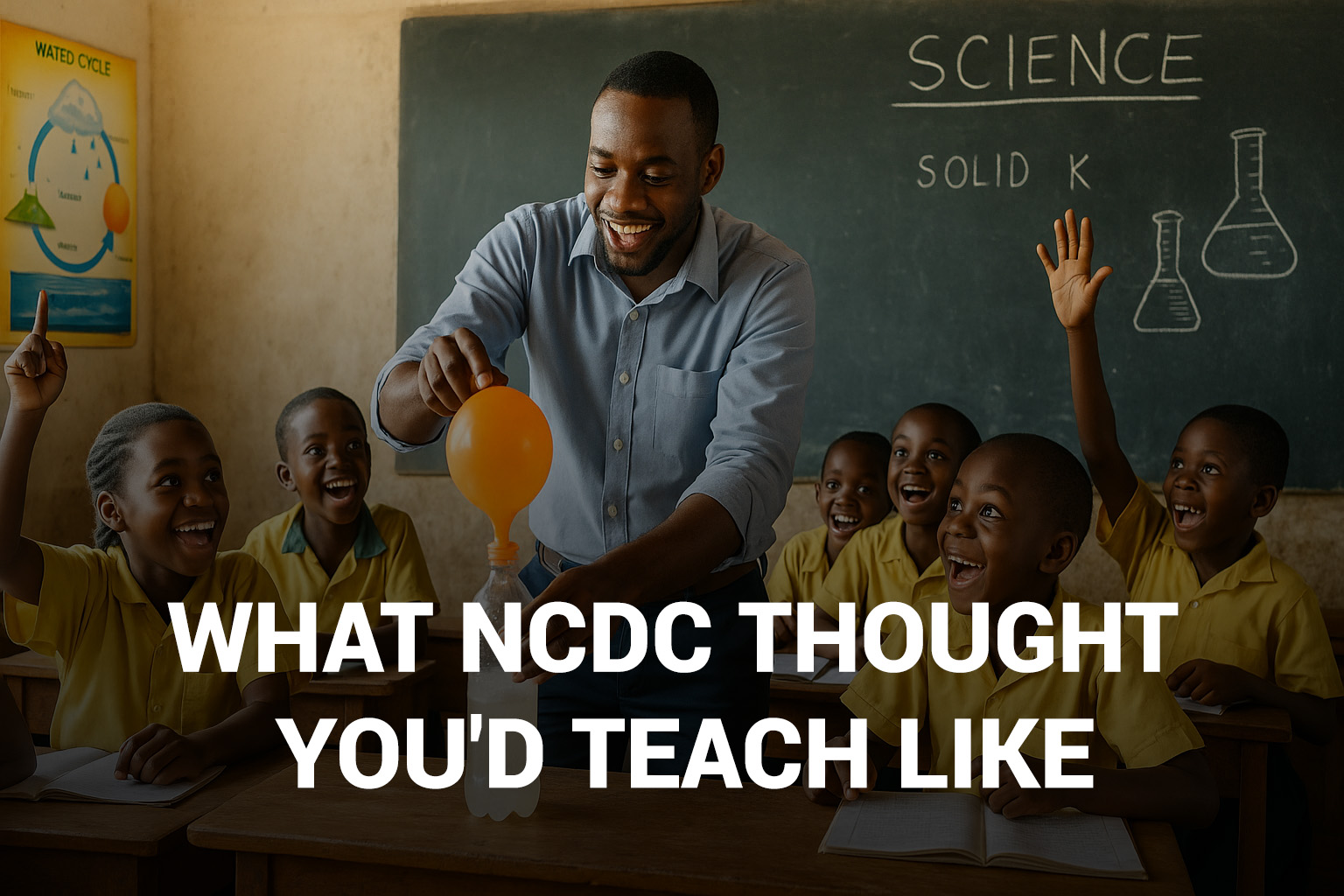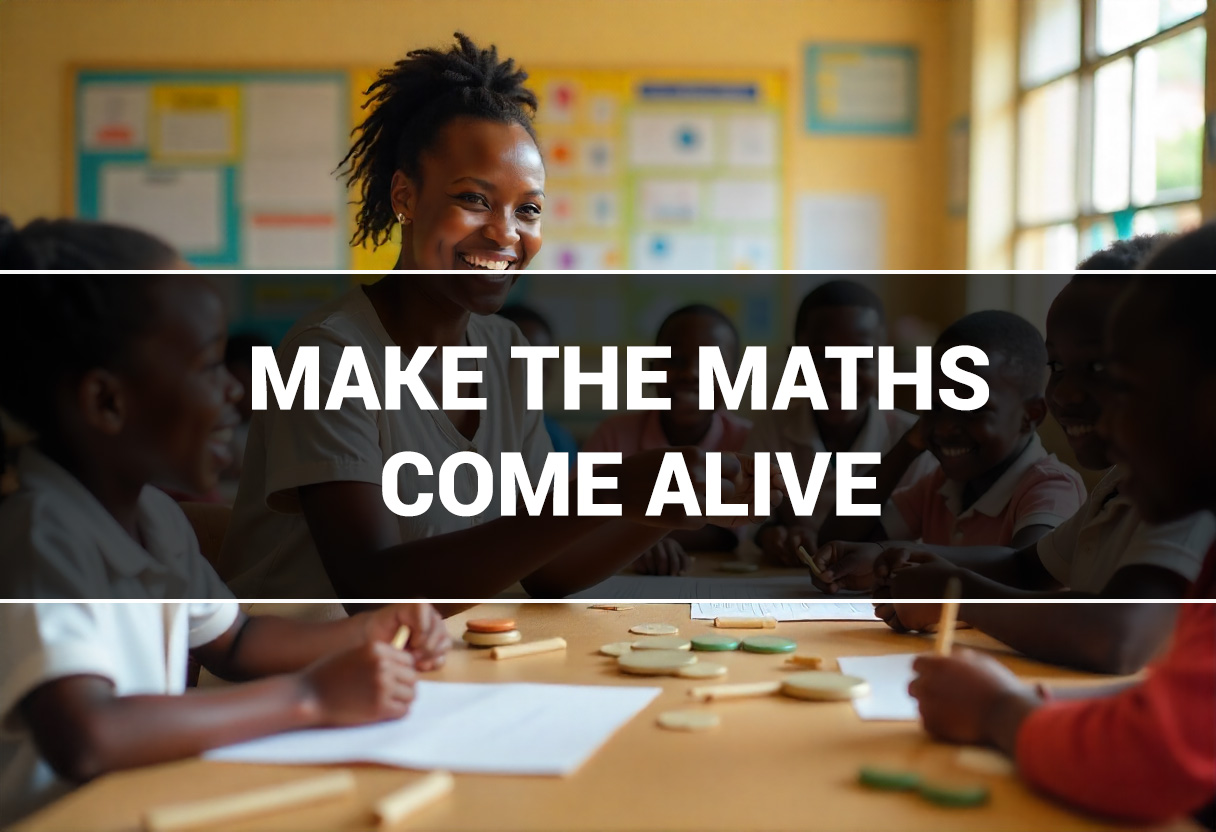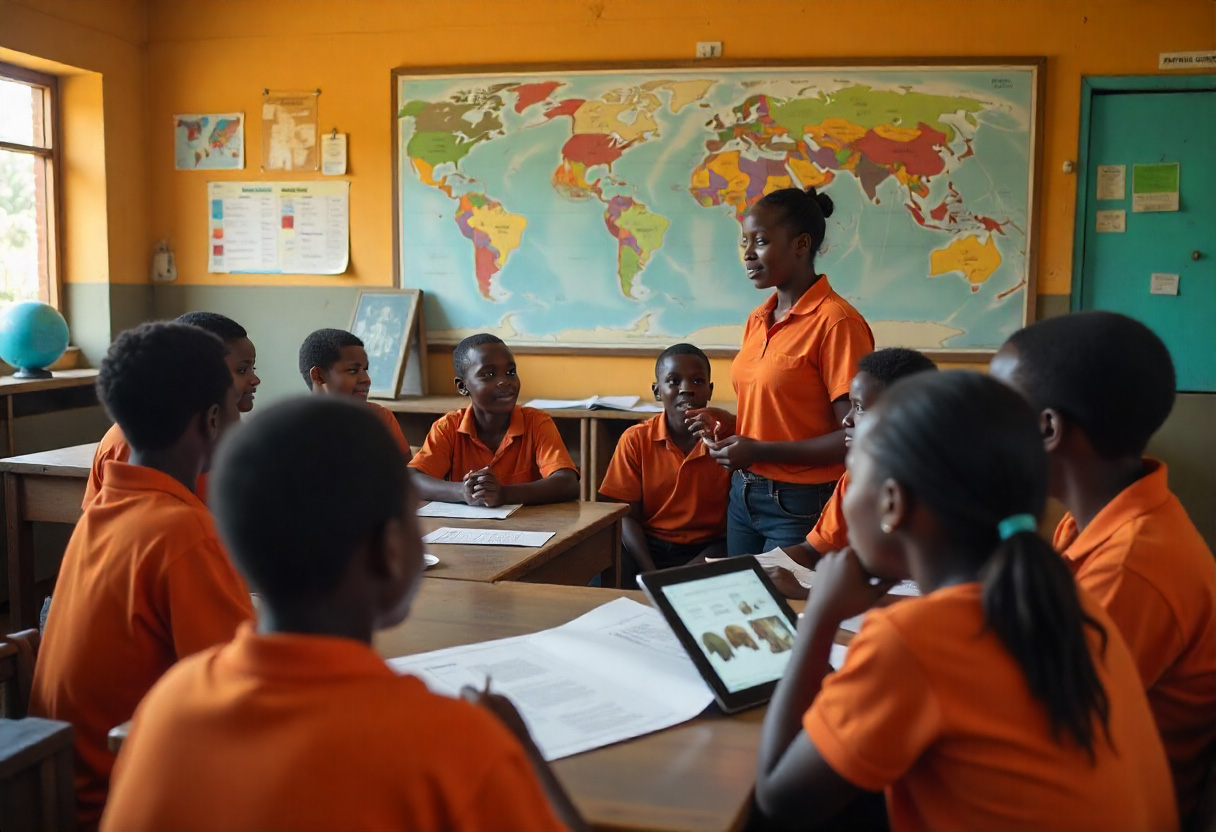Have you ever seen a balloon blow up without anyone blowing into it, or watched metal seem to dissolve in a liquid? Such scenarios aren’t just a joke, they're powerful teaching tools. In a science class, demonstrations have the unique ability to alter confusion into clarity and boredom into excitement. They arouse curiosity, bring about imagination, and leave lasting impressions that textbooks alone can’t. When it comes to teaching integrated science, a well-timed demonstration can make all the difference between passive learning and active discovery.
Integrated science combines concepts from biology, chemistry, physics, and earth science to help pupils understand how scientific ideas relate to each other. However, the challenge lies in making abstract ideas relatable and understandable. Scientific theories often feel like distant, intangible ideas where as demonstrations help bridge that gap. For example: demonstrating refraction using a glass of water and a straw can show how light bends as it passes from one medium to another. Further, it could be demonstrating photosynthesis using a plant and a lamp can show how light affects plant growth.
The subject thrives on inquiry. A striking demonstration can set the stage for a whole lesson by posing a question in action: Why does the egg drop into the bottle? Why does a lemon conduct electricity? These unique events grab learners’ attention, challenge their assumptions, and encourage them to dive deeper. Therefore, learning starts to feel fun rather not like a another task do.
Every pupil learns differently. Visual learners benefit from seeing events unfold, while kinesthetic learners gain from interacting with materials (even if only through observation). A well-executed demonstration accommodates multiple learning styles and allows pupils to grasp complex ideas in a variety of ways. For example: Showing the effects of friction using a block of wood and a rough surface can help visual learners understand the concept.
Still wondering how! Well, The best demonstrations prompt pupil's predictions, questions, and discussion. Teachers can ask, “What do you think will happen?” before the demonstration, and “Why do you think that happened?” afterward. It is such experiences that develop critical thinking, observation, and hypothesis-testing skills, which help students think and act like scientists. People tend to remember what they see and experience more vividly than what they hear or read.
To make the most of science demonstrations, keep things simple and focused. Know what you want learners to understand, avoid too many steps, ask questions, get their guesses, and use everyday items when you can. If a live demo isn’t possible, a short video or simulation works just fine too.
Show the water cycle by heating water in a covered container to mimic evaporation and condensation. Pour water over soil to demonstrate how erosion happens. Drop a stone in a bucket to explore why things float or sink. Use different-shaped spoons or tools to explain how bird beaks adapt to different environments. These simple demonstrations help learners connect science to what they see in the world around them.
Demonstrations turn hard-to-grasp ideas into clear and unforgettable moments. In time for assessment especially questions that test application and comprehension, those experiences give learners something solid to remember and explain, because they didn’t just hear it, they saw it happen. So, the next time you’re planning for a science lesson, think more about how you are going to show but not to tell.









Quite relevant, thanks for the initiative,how I wish all teachers could copy!